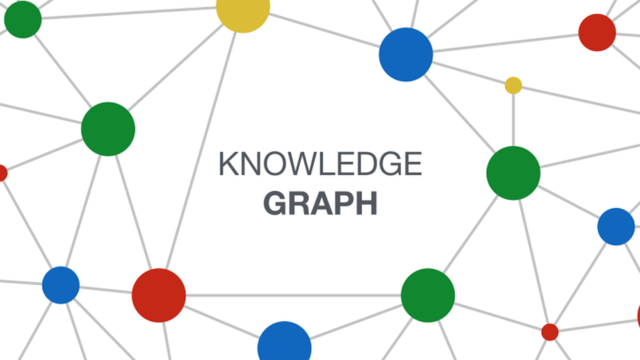Introduction to knowledge graphs
-

Introduction to knowledge graphs (part 6): Summary and conclusion
To assist in advancing AI in KM, this 6-part series of articles has provided an introduction to knowledge graphs.
-

Introduction to knowledge graphs (section 5.4): Inductive knowledge – Symbolic learning
Symbolic learning can be used to learn hypotheses in a logical (symbolic) language that “explain” sets of positive and negative…
-

Introduction to knowledge graphs (section 5.3): Inductive knowledge – Graph neural networks
Graph neural networks (GNNs) support end-to-end supervised learning for specific tasks.
-

Introduction to knowledge graphs (section 5.2): Inductive knowledge – Knowledge graph embeddings
How knowledge graphs can be encoded numerically for machine learning.
-

Introduction to knowledge graphs (section 5.1): Inductive knowledge – Graph analytics
Graph analytics is the application of analytical algorithms to (often large) knowledge graphs.
-

Introduction to knowledge graphs (part 5): Inductive knowledge
Inductive reasoning generalises patterns from input observations, which are used to generate novel but potentially imprecise predictions.
-

Introduction to knowledge graphs (section 4.3): Deductive knowledge – Reasoning
Practical reasoning algorithms using rules and description logics.
-

Introduction to knowledge graphs (section 4.2): Deductive knowledge – Semantics and entailment
Ontology conditions give rise to entailments.
-

Introduction to knowledge graphs (section 4.1): Deductive knowledge – Ontologies
An ontology is a concrete, formal representation – a convention – on what terms mean within the scope in which…
-

Introduction to knowledge graphs (part 4): Deductive knowledge
Machines do not have inherent deductive faculties, but rather need entailment regimes to formalise the logical consequence of a given…

